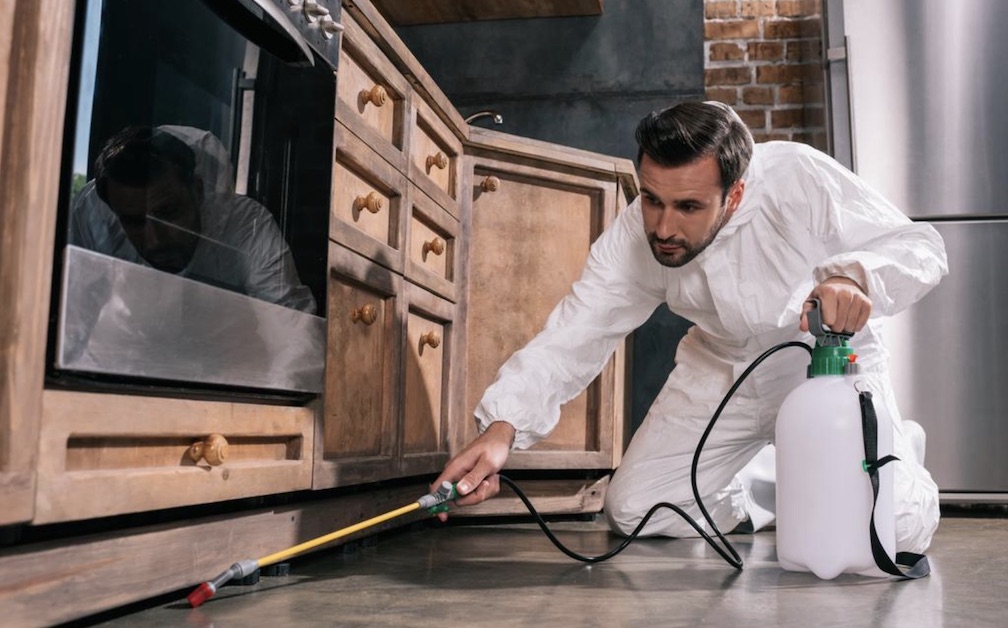Techniques Used in Pest Infestations
- Written by The Times

Pest infestations can be a frustrating reality for those residing in homes or other residential buildings. Residential pest control refers to the elimination or management of pests that can cause harm to individuals, property, or the environment. To ensure that your abode remains pest-free, it's crucial to adopt a comprehensive approach that integrates preventive measures with targeted removal methods when necessary. A variety of treatments can be employed, such as physical removal techniques or chemical treatments, aimed at reducing populations and preventing future infestations.
Pests can be a significant problem in residential areas, but they can be managed through effective residential pest control measures. These measures involve identifying, assessing, treating, and preventing pests that can cause harm to people, property, or the environment. Common household pests include ants, cockroaches, rodents, bed bugs, fleas, spiders, silverfish, and moths. It is crucial to identify the signs of an infestation, such as droppings, damaged goods, or strange noises, as early as possible. Prevention tips include eating well, exercising regularly, getting enough sleep, staying hydrated, and using DIY solutions for common pests. These solutions can help in keeping the home clean and free from unwanted creatures, saving both money and time.
Pests can be found everywhere and range in shape and size. They can damage property, spread diseases through bites and droppings, and consume crops and food sources. Ants, cockroaches, rodents, bed bugs, fleas, spiders, silverfish, and moths are some of the most common pests found in homes. Ants, for instance, are widely encountered due to their small size, fast reproduction rate, and fondness for food sources such as sugar and grease. Cockroaches, on the other hand, are notorious for their capability to spread disease through their saliva and feces and are typically drawn to damp areas.
Recognizing the signs of an infestation is crucial in taking the necessary steps to prevent it from becoming a major issue. Droppings, damaged goods, and unusual noises are some common signs that may indicate the presence of pests in your home. Prompt identification of the type of pest involved is critical to the effective removal of the pests.
Prevention is always better than cure. To maintain health and wellness, it's advisable to eat well, exercise regularly, get enough sleep, and stay hydrated. DIY solutions are a cost-effective and time-efficient way of getting rid of common pests such as ants, spiders, roaches, or rodents. For example, to get rid of ants, it's necessary to eliminate potential food sources and use a mixture of vinegar or lemon juice and water to deter them from entering your home. Spraying ant trails with borax powder or diatomaceous earth can also be effective in killing the colony. Spiders can be difficult to eliminate, but you can use essential oils or vinegar sprays to repel them. To prevent the infestation of rodents, it's advisable to seal entry points, keep food in airtight containers, and maintain a clean environment.
In conclusion, pest infestations can be a headache, but with a comprehensive approach that involves preventive measures, DIY solutions, and targeted removal methods, they can be effectively managed.

















